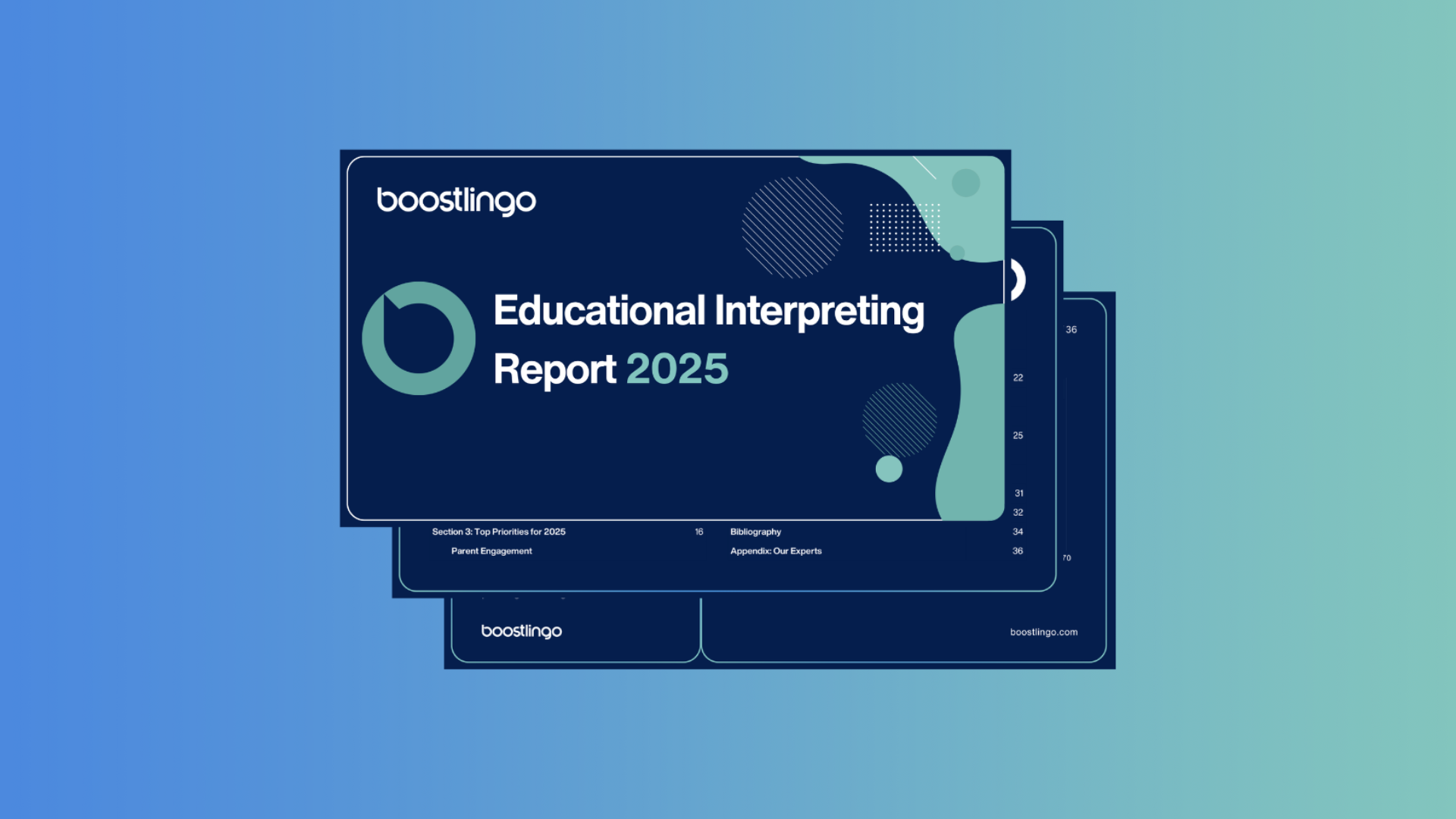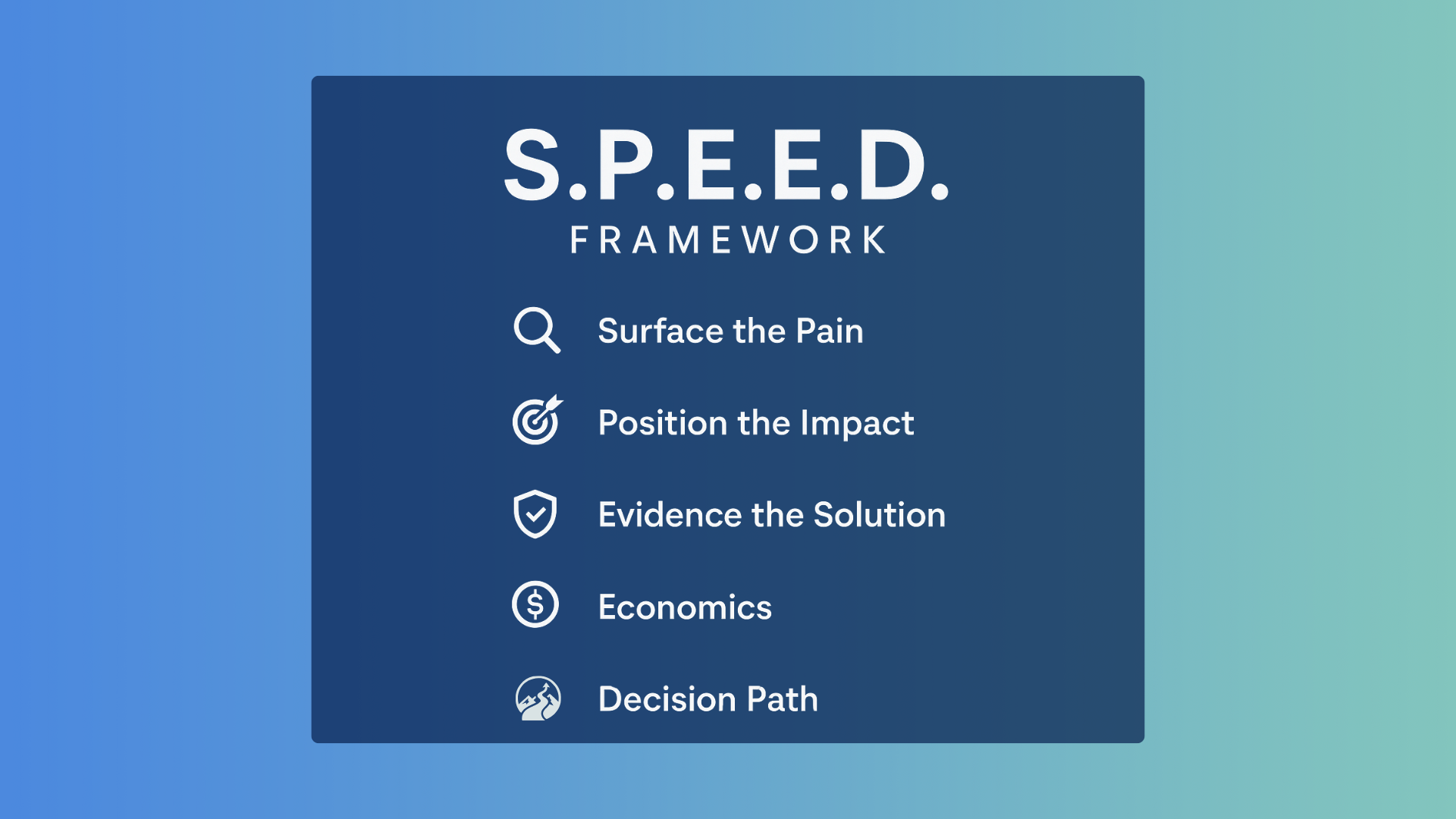These days, inclusivity and engagement are more important than ever in meetings and events. With diverse, multilingual audiences, making sure everyone can participate and understand should be a priority. AI-powered live translation tools are transforming how we approach event accessibility, enabling real-time communication across language barriers and fostering a more inclusive environment for all participants.
Remote Simultaneous Interpretation Platforms and AI
Remote Simultaneous Interpretation (RSI) platforms have grown in popularity for hosting multilingual events, allowing remote interpreters to deliver real-time interpretation to attendees in different languages. However, integrating AI into these traditional platforms is pushing the boundaries of accessibility even further. AI translation tools are now being added to RSI services, enhancing their capabilities by automating live translations, improving accuracy, and delivering on-demand multilingual captions and transcripts. These innovations make events more inclusive, ensuring no one is left out due to language barriers.
How Live AI-Powered Translation & Captioning Works
At the core of AI’s impact on event accessibility are the advanced capabilities of AI-powered captions and translation. These tools are designed to provide real-time translation and captioning in multiple languages, which significantly enhances understanding and engagement during events by reaching audiences across different linguistic backgrounds.
AI-Powered Captions and Translation
The AI-driven captioning and translation features allow participants to receive live captions and translations of them in their preferred language. This real-time capability is crucial in maintaining the flow of communication, especially in multilingual settings where immediate understanding can make or break the success of an event.

Automatic Language Detection
One of the standout features of AI translation technology is its ability to automatically detect the spoken language. This capability makes sure adjustments are made to the translation settings accordingly, ensuring that participants receive accurate and contextually appropriate translations.
Multilingual Transcripts and Summaries
Beyond live translations, AI also generates multilingual captions and transcripts. These features are invaluable for post-event engagement, allowing participants to revisit the content in their preferred language. This post-event accessibility reinforces inclusivity, ensuring that the information is accessible to everyone long after the event has concluded.
Integration with Third-Party Platforms
AI translation services seamlessly integrate with popular platforms like Zoom and Microsoft Teams. This integration extends the reach of AI-powered translation, making it accessible within the platforms that organizations already use, thereby enhancing the inclusivity of virtual events. The ability to incorporate AI translation into these familiar tools increases adoption and accessibility for a wider audience.

Real-World Applications of AI Translation in Events
Imagine you’re attending an international virtual conference with participants from over 50 countries. During a keynote session by a Japanese scientist on renewable energy, AI-powered translation tools provide real-time captions in various languages, allowing every attendee to follow along seamlessly. The AI not only captions the speech but also translates the words live, enabling a truly engaging and inclusive language experience for all.
In a breakout session featuring experts from Latin America, the same AI tools ensure that participants from diverse linguistic backgrounds can actively engage in the conversation. Multilingual transcripts and summaries are generated in real-time, allowing attendees to absorb the information fully post-session. By the end of the event, what could have been a fragmented experience is instead a cohesive and collaborative environment, highlighting the power of AI in enhancing inclusivity at multilingual events.
Pros & Cons of AI Language Translators
While AI language translators offer numerous benefits, it’s essential to consider their limitations.
Pros
Scalability
AI translation can handle a large volume of languages simultaneously, making it ideal for multilingual events with diverse international audiences.
Cost-Effectiveness
Compared to human interpreters, AI translation services can be more cost-effective, especially for large-scale events.
Real-Time Translation
AI provides instantaneous translation, ensuring that participants do not miss any part of the discussion. Additionally, AI language tools also offer meeting assistance by generating transcripts and summaries in multiple languages, helping teams stay aligned and projects move forward even after the event.
Cons
Accuracy
While AI translation is continuously improving, it may not always capture the nuances and context as accurately as human interpreters. AI tools can struggle with technical jargon specific to different industries, which might affect the clarity of the message.
Cultural Sensitivity
AI might struggle with culturally sensitive translations, potentially leading to misunderstandings if not carefully managed.
When deciding between AI live translation and human interpretation, it’s important to weigh these benefits and limitations based on your event’s specific needs and context.
Learn how to decide between AI and human interpretation with our decision-making eBook.
What’s Next for Live AI Translation & Captioning?
The future of AI translation and captioning is bright, with continuous advancements promising even greater inclusivity and user experience improvements. Ongoing developments in AI algorithms are focused on enhancing live translation accuracy and cultural sensitivity, making these tools even more effective in diverse settings.
Looking ahead, we can expect AI interpreting tools to play an increasingly pivotal role in event management by improving the inclusivity of traditional RSI platforms. With features like real-time multilingual translation, automatic language detection, and post-event transcripts now being integrated into these platforms, AI is breaking down language barriers and enabling truly global participation. As these technologies continue to evolve, they will set new standards for accessibility in multilingual events, ensuring that every participant, regardless of language, has an equal voice.
Learn about the new AI functionalities built into the Boostlingo Events platform by watching our on-demand webinar.
Looking Ahead with AI Translation
AI translation is being integrated into Remote Simultaneous Interpretation (RSI) platforms like Boostlingo Events, significantly improving their capabilities and creating more inclusive event experiences. By leveraging AI tools, these platforms now offer real-time multilingual communication, automatic language detection, and post-event multilingual transcripts. This evolution enables event organizers to engage diverse global audiences more effectively.
If you’re planning a multilingual meeting or event, consider integrating AI translation with Boostlingo Events to enhance inclusivity and engagement.





